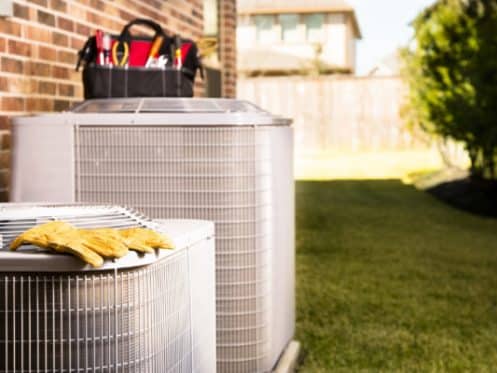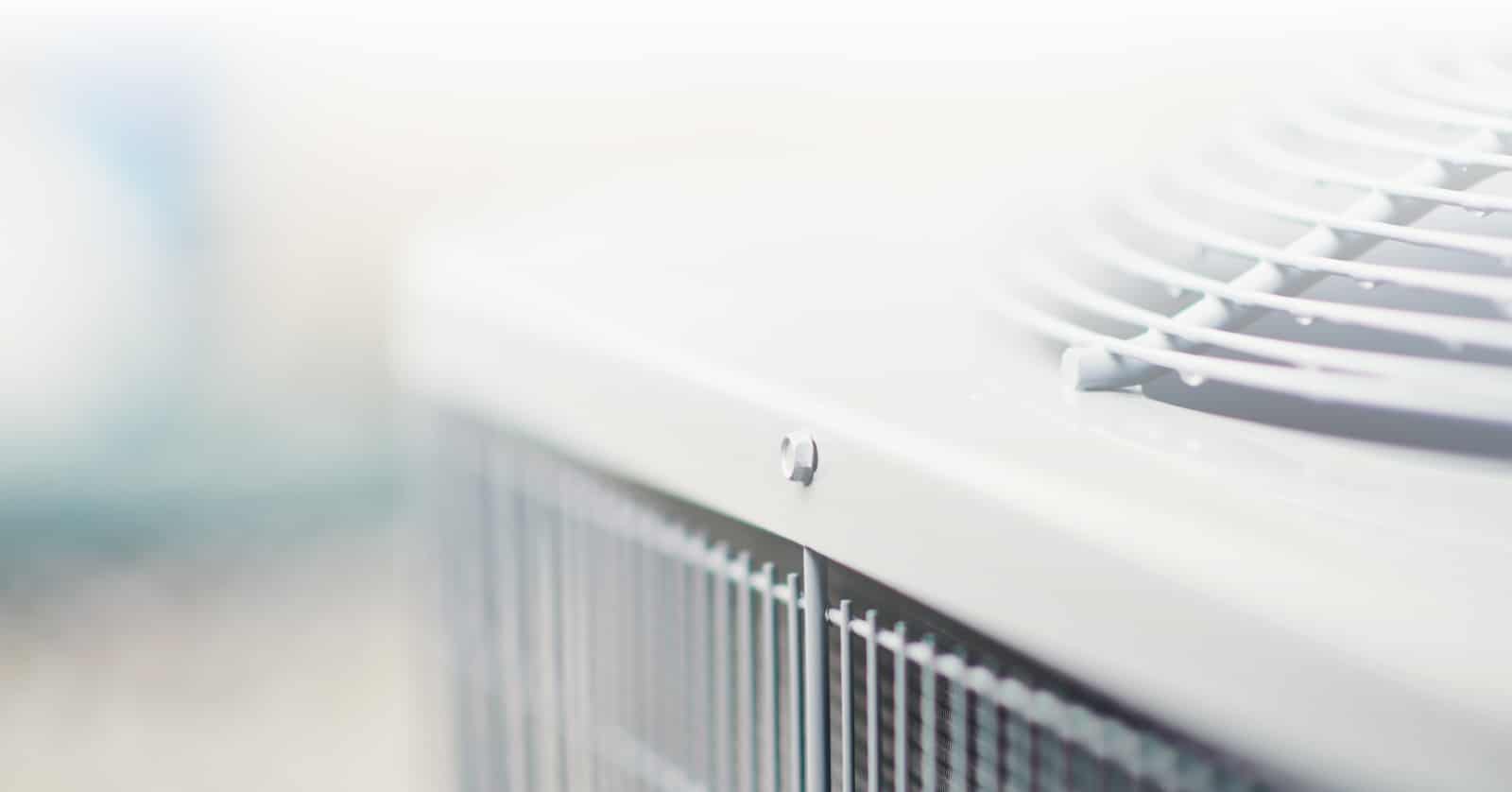Also known as Puron, R401a is the new standard refrigerant for home cooling systems. Brought to market in 1996 by Carrier Corporation, R401a is the environmentally friendly replacement for DuPont’s Freon or R22. Although many older air conditioners still use R22 to power their cooling cycles, the availability of this refrigerant is fast declining. In fact, if you currently have an R22 air conditioner in your Oklahoma City, OK home, now is a good time to find out more about Puron and about how upgrading to an R401a air conditioner may be right for you.
Understanding the Freon Phase-Out
For more than a decade, environmentalists, government agencies, HVAC companies, and many other professionals have been talking about the oncoming phase-out of Freon. This phase-out has been active since 2010. As mandated by the U.S. Environmental Protection Agency (EPA), AC manufacturers are prohibited from producing new cooling products that use Freon. All air conditioners manufactured and sold in the United States since 2010 have been designed to use R401a instead.
In January 2020, the next step in the Freon phase-out was taken. Now, it is no longer lawful to produce Freon in the United States, and companies and consumers can no longer lawfully import it. This leaves homeowners with R22 air conditioners scrambling to find feasible and affordable ways to recharge their cooling equipment’s refrigerant when needed.
The phase-out of Freon has been slow and steady with the goal of minimizing the burden on both people and companies. Given the long-term and widespread use of this refrigerant, the only feasible way to make this transition was slowly. Currently, many households have already upgraded their home cooling systems to models that rely on R401a. Those that have are either poised to do so or still considering their options.
Why Was Freon Phased Out?
Most regulatory changes that are made in the HVAC industry share the overarching goal of protecting the natural environment. Freon is a hydrochlorofluorocarbon (HCFC). As such, it is classified as an ozone-depleting refrigerant. When much of the nation was using Freon to power their air conditioners, the environmental effects were determined to be both rapid and significant. Moreover, many governments and smaller, local municipalities throughout the nation and world have made a unified commitment to stop using HCFCs throughout both the public and private sectors by 2030.
Comparatively, R401a is not an ozone-depleting refrigerant. It is a hydrofluorocarbon (HFC) instead. It can be used in all residential cooling systems throughout the nation without negatively affecting either the stratospheric ozone or the atmospheric ozone. However, R401a is certainly not without its drawbacks. Even as people in the United States are rushing to upgrade their R22 air conditioners, researchers are steadily searching for a viable replacement for R401a in future years. This is because R401a does contribute to the greenhouse or global warming effect. Decades from now, Puron will likely be replaced by a simple, single-ingredient refrigerant that neither depletes the ozone nor contributes to climate change.

The Impressive Benefits of R401a
Surprisingly, the benefits of switching to an R401a air conditioner extend beyond protecting the ozone layer. This refrigerant is also markedly more efficient than Freon. When compared to R22, Puron can both absorb more heat and release more heat. This makes it more effective in creating comfortable indoor environments. However, it also greatly reduces stress on AC compressors. When R401a is used, AC compressors become far less likely to overheat and far less likely to experience premature burnouts.
All AC compressors require lubrication. The lubricant that is used in R401a air conditioners outperforms the mineral oil lubricants that R22 air conditioners have long relied on. R401a air conditioning systems use a heat-resistant synthetic oil that optimizes AC compressor performance. These are upgrades that benefit the environment in yet another way. With longer-lasting AC compressors, many modern air conditioners are lasting a lot longer overall. This means less waste in local landfills and lowered consumption all around.
R401a Operates at a Higher Pressure
In an ideal world, switching to R401a would be as inexpensive and easy as simply clearing Freon out of your current air conditioner and then putting Puron in. However, this is hardly how things work. R401a and R22 have vastly different chemical compositions. R401a works at a much higher-pressure level than R22 does and putting R401a into an R22 air conditioner would cause many of its components to instantly rupture and fail.
There is the option of retrofitting an older air conditioner so that it becomes capable of using Puron and can withstand the greater internal pressure that this refrigerant causes. However, the costs of doing so often exceed the costs of buying a new air conditioner outright. Nearly every major component in your current AC system would have to be changed out before you could safely transition to R401a. Worst of all, despite the incredibly high costs of these projects, there are absolutely no guarantees or protections that consumers have access to. Retrofitting an R22 air conditioner to use R401a will invariably void any valid product or home warranties.
Important Reasons to Start Planning for the Switch
With no new Freon being domestically produced and no Freon being imported, people who still use this refrigerant have access to a very limited supply. In short, it is only a matter of time before upgrading your air conditioner becomes mandatory. Given that supply and demand always affect product prices, the cost of Freon has nowhere to go but up.
Another consideration that many homeowners overlook is the fact that new R22 air conditioners haven’t been produced in more than a decade. For the past 10 years, HVAC training for service technicians has been increasingly focused on the maintenance, repair, and installation of R401a air conditioners. Although there are still many companies and HVAC professionals who are incredibly skilled in working with Freon and with R22 air conditioners, this won’t always be the case. As the skills needed for completing these projects become increasingly specialized, the costs of taking care of an R22 air conditioner will eventually increase as well.
There Are Other Benefits to Upgrading Your AC system
Many homeowners who still have R22 air conditioners have had them for quite some time. Nearly every R22 air conditioner that’s still in operation is at least 10 to 12 years old. Most AC systems have lost half of their efficiency by this time, and continued efficiency losses will occur throughout the remainder of their lifespans. Upgrading your R22 air conditioner now won’t just spare you the stress, hassle, and extra costs of finding Freon, paying more for Freon, and searching for HVAC technicians who are qualified to service your system. It will also give you the benefit of a more modern and efficient cooling system, and the opportunity to experience some of the latest innovations in residential air conditioning.

At All Tech Heat & Air, we’ve been providing reliable air conditioner and heater installation, repair, and maintenance services for more than 20 years. Residents of Oklahoma City, OK and the surrounding area can also turn to us for geothermal solutions. If you’re ready to upgrade your R22 air conditioner or if you need a qualified technician to service your current cooling equipment, we can help. Give us a call today.




